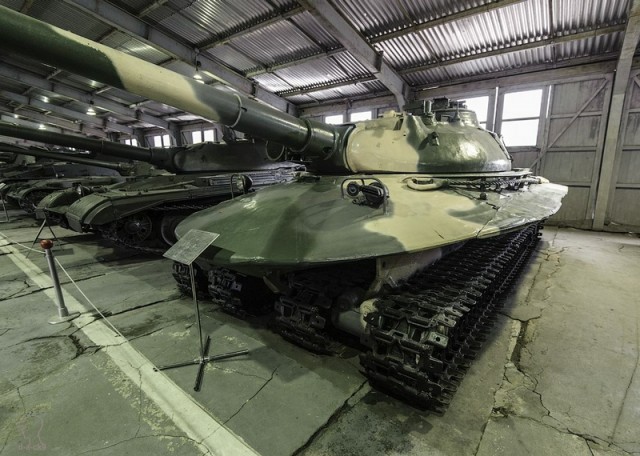Soviet military weapons from the Cold War era were enormous, heavy devices that weren’t necessarily the most technologically sophisticated, but dang if they weren’t strong. Photographs of creamy Russian combat robots have once again flooded the globe. The most recent explosion in history is “Object 279,” a Soviet-era nuclear bomb Russian tank that is trying to breathe for the very first time since the Cold War. The Object 279 is a 66-ton armor with a one-of-a-kind centerboard built to resist a nuclear detonation. Object 279 is a renowned piece of Cold War gear, despite the fact that the Russian tank was never produced. Although this Russian tank is uncertain to see action on Ukrainian battlefields, the world has learned to keep a watch on what Russia does with its military weapons. The Kubina Tank museum outside of Moscow may have opted to reconstruct this unique Russian tank for the sake of publicity, but when the majority of the world sees “Russian tank” and “nuclear-bomb-proof,” some ears were blown away.
Regardless of the rationale for the perfectly timed tank refurbishment, seeing this Soviet war machine start-up is impossible not to appreciate if you like engines. The tank’s 16-cylinder, 1,000-horsepower diesel engine produces all the drama one would anticipate after decades of laying inactive. It roars to life, spewing terrifying plumes of ink-black mist. The tank was transported at speeds of up to 34 mph by the big diesel. This bodybuilder wasn’t particularly efficient, but it could drive 186 miles on a single tank of gas. The Object 279, as per The Drive, was fairly secure, having a maximum armor thickness of roughly 12.5 inches. This gadget has opposing angles and lengthy gradients to scatter gunshots and elevated anti-tank missiles.

This prototype tank’s crew would have been outfitted in complete microbiological suites. Considering the Soviet Union’s disposition and the auspiciousness of the Cold War’s thawing, the Soviets only ever produced three examples of the Object. The Soviet Union was already cooling on big tanks but had they pushed through with manufacturing of Object 279, it’s probable that issues found during its early stages of development would have been too much to manage. The design lacked the maneuverability that the Soviets had aimed for. To make matters worsened, the Russian tank is so sophisticated and solidly built that battlefield modifications are extremely difficult. Despite all, Object 279 is an excellent and interesting tank that merits a position in a military museum, despite the countless negative ramifications it embodies.



